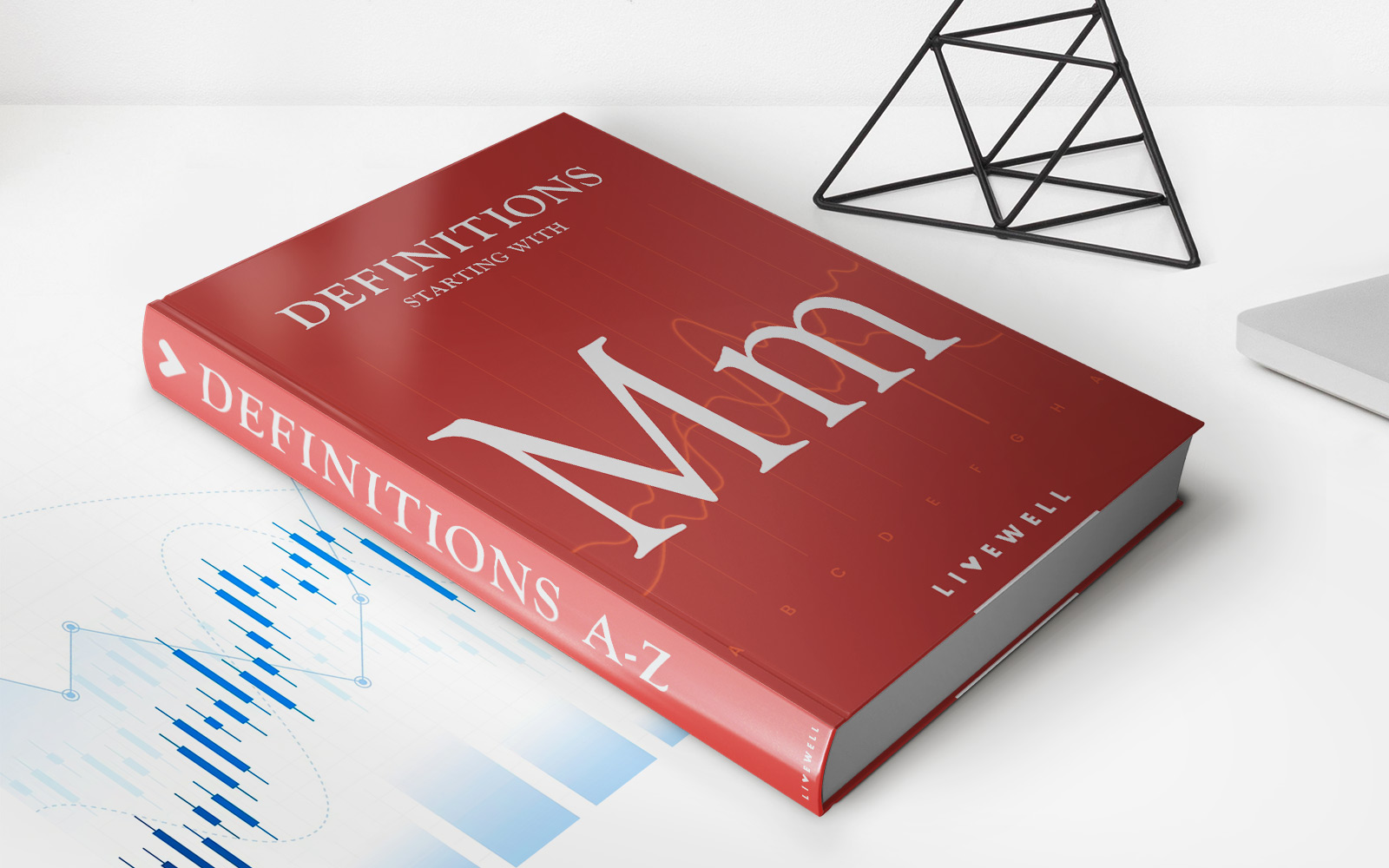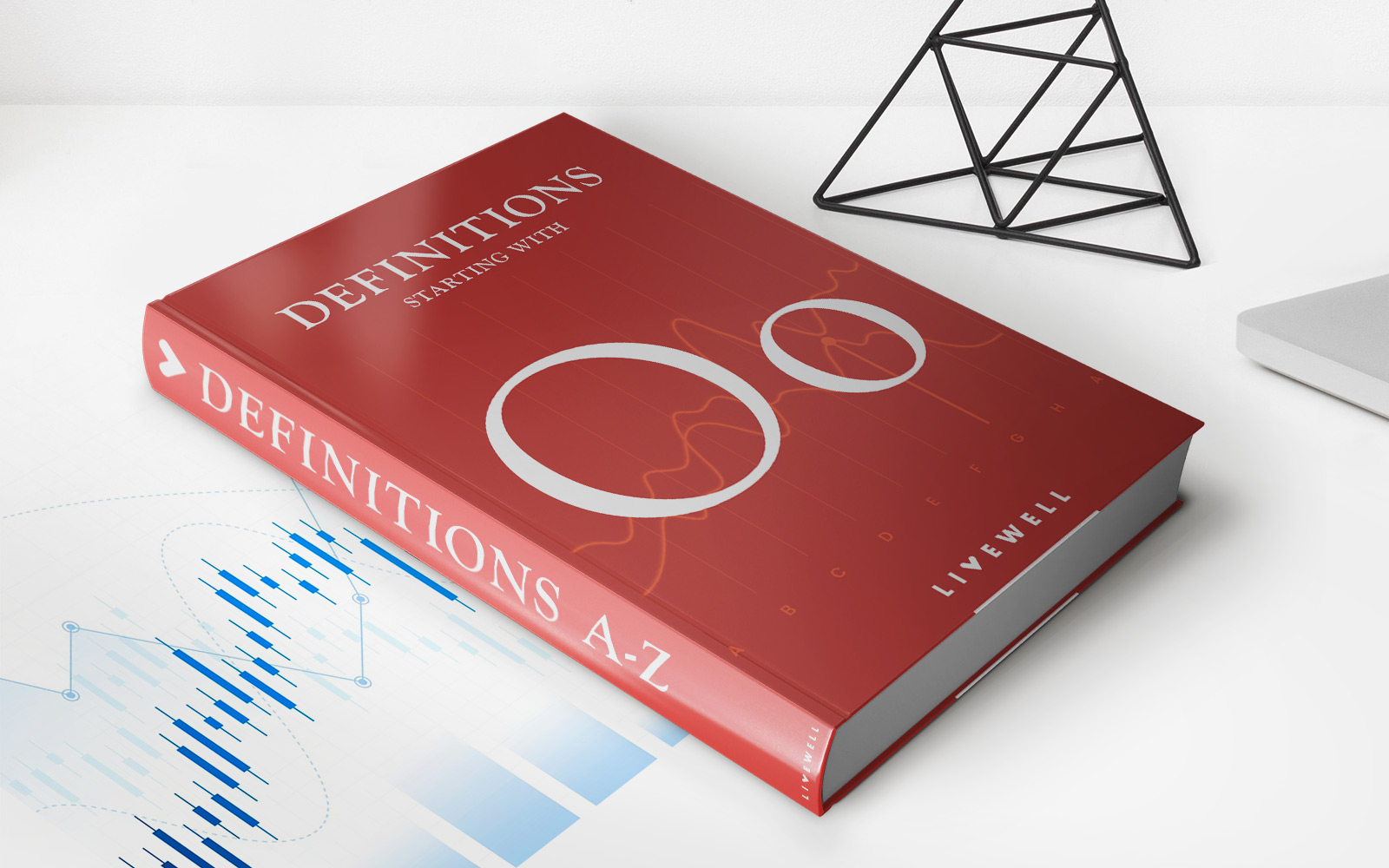

Finance
What Is An Mpi Investment?
Published: October 18, 2023
Discover the benefits of MPI investments and how they can boost your finances. Explore the definition and advantages of this popular investment strategy.
(Many of the links in this article redirect to a specific reviewed product. Your purchase of these products through affiliate links helps to generate commission for LiveWell, at no extra cost. Learn more)
Table of Contents
Introduction
When it comes to investing, there are numerous options available to individuals looking to grow their wealth. One investment strategy that has gained popularity in recent years is the use of MPI investments. But what exactly is an MPI investment?
MPI stands for Multi-Payment Investments, which refers to a type of investment where the investor makes regular, fixed payments over a specific period of time. These payments are typically used to build up a portfolio of assets, such as stocks, bonds, or mutual funds.
Unlike traditional lump sum investments, MPI investments allow individuals to contribute smaller amounts periodically, making them more accessible to a wider range of investors. This investment approach not only provides flexibility but also helps to diversify risk by allowing investors to cost-average their purchases over time.
In this article, we will delve deeper into the world of MPI investments, discussing how they work, their benefits, drawbacks, and providing some examples to help you better understand this investment strategy.
Definition of an MPI Investment
An MPI investment, also known as Multi-Payment Investment, is a type of investment strategy where investors make regular, predetermined payments over a specific period of time. These periodic payments are used to build up a diversified portfolio of assets, such as stocks, bonds, or mutual funds.
The main characteristic of an MPI investment is the systematic and consistent contributions made by the investor. Rather than investing a lump sum amount at once, MPI investments allow individuals to spread out their investment over time. This approach is particularly beneficial for those who may not have a large amount of capital readily available or prefer a more disciplined approach to investing.
The frequency and amount of payments in an MPI investment can vary, depending on the investor’s financial goals and risk tolerance. Payments can be made weekly, monthly, or quarterly, and can range from small amounts to larger sums. These payments are typically automated through bank transfers or payroll deductions, making it convenient and hassle-free for the investor.
It is important to note that MPI investments are long-term investment strategies that require patience and discipline. By making regular contributions over an extended period, investors have the opportunity to take advantage of compounding returns. This means that over time, the investment gains can grow significantly, thanks to the reinvestment of dividends or interest earned on the assets in the portfolio.
Overall, MPI investments offer a flexible approach to building wealth by enabling individuals to invest regularly and systematically over time, regardless of the size of their initial capital. This investment strategy provides investors with the potential to achieve long-term financial goals while managing risk through diversification.
How MPI Investments Work
MPI investments work by allowing individuals to make regular, fixed payments over a specific period of time to build a diversified investment portfolio. Here are the key steps involved in the process:
- Setting Investment Objectives: The investor determines their financial goals and risk tolerance, which will guide the selection of assets for the MPI investment.
- Selecting Asset Allocation: Based on their objectives, the investor decides on the proportion of each asset class (stocks, bonds, etc.) they want to include in the portfolio.
- Choosing Payment Frequency and Amount: The investor selects the frequency (weekly, monthly, quarterly) and the amount of the payments to be made towards the MPI investment. These payments can be automatically deducted from their bank account or through payroll deductions if offered by an employer.
- Investment Provider and Account Setup: The investor chooses an investment provider, such as a brokerage firm or a financial institution, and sets up an account for the MPI investment.
- Purchase and Allocation of Assets: The regular payments made by the investor are used to purchase assets according to the predetermined asset allocation. These assets can include individual stocks, bonds, mutual funds, or exchange-traded funds (ETFs).
- Rebalancing and Adjustments: Over time, the investor may need to rebalance the portfolio to maintain the desired asset allocation. This includes buying or selling assets to bring the allocation back in line with the original plan.
- Monitoring and Review: Regular monitoring of the portfolio’s performance and periodic reviews with a financial advisor or investment professional are essential to ensure that the MPI investment remains aligned with the investor’s objectives.
- Exiting or Transitioning: At the end of the predetermined period or when the investor decides to change their investment strategy, they can exit the MPI investment by selling the assets in their portfolio or transitioning to a different investment approach.
It’s important to note that the success of an MPI investment relies on a long-term perspective, consistency in making payments, and continuous evaluation of the portfolio’s performance. By following these steps and maintaining a disciplined approach, investors can benefit from dollar-cost averaging and the potential growth of their investment portfolio over time.
Benefits of MPI Investments
MPI investments offer a range of benefits for investors. Let’s explore some of the key advantages of this investment strategy:
- Diversification: MPI investments allow investors to build a diversified portfolio by spreading their contributions across different asset classes. This diversification helps to reduce the risk associated with investing in a single asset or sector, as losses from one investment can potentially be offset by gains in another.
- Accessibility: MPI investments are accessible to a wide range of investors, as they do not require a large lump sum of capital upfront. By making regular, fixed payments over time, investors can accumulate wealth gradually and participate in the market without a significant financial burden.
- Disciplined Approach: With MPI investments, individuals commit to regularly contributing to their investment portfolio, promoting a disciplined saving and investing habit. This helps to foster financial stability and consistency, as well as build wealth over the long term.
- Cost Averaging: By making fixed payments at regular intervals, investors can take advantage of dollar-cost averaging. This means that they buy more shares when prices are low and fewer shares when prices are high, potentially reducing the impact of market volatility over time.
- Long-Term Growth Potential: MPI investments are designed for long-term growth. By consistently investing over time, investors have the opportunity to benefit from the compounding returns generated by reinvesting dividends or interest earned on their portfolio.
- Flexibility and Convenience: MPI investments provide flexibility in terms of payment frequency and amount. Investors can choose a schedule that aligns with their financial situation, and payments can be automated for convenience, making it easier to stick to the investment plan.
- Professional Portfolio Management: Many MPI investment providers offer professional portfolio management services. This means that investors can benefit from the expertise of fund managers who actively manage and make adjustments to the portfolio based on market conditions and investment goals.
These benefits make MPI investments an attractive option for individuals who want to build wealth steadily, manage risk through diversification, and maintain a disciplined approach to investing over the long term.
Drawbacks of MPI Investments
While MPI investments offer several advantages, it is important to consider the potential drawbacks that come with this investment strategy:
- Market Volatility: MPI investments are subject to market fluctuations. While systematic investing can help mitigate the impact of short-term market volatility, it does not guarantee protection against losses during market downturns.
- Opportunity Cost: By consistently contributing to an MPI investment, individuals may miss out on potential investment opportunities that arise due to market fluctuations or economic conditions. Timing the market becomes less feasible with an ongoing investment schedule.
- Exit Penalties: Some MPI investment options come with exit penalties or fees if investors choose to withdraw their funds before the agreed-upon period. This can limit the flexibility for investors who may need to access their funds for unforeseen circumstances.
- Limited Control over Portfolio: When investing in MPIs, investors typically have limited control over the specific assets in their portfolio. Instead, they rely on the expertise of portfolio managers to make investment decisions on their behalf. This lack of control can be a disadvantage for those who prefer a hands-on approach to managing their investments.
- Continuous Commitment: MPI investments require a long-term commitment to regularly contribute to the investment account. This can be challenging for some investors who may experience financial difficulties or changes in their income, making it difficult to maintain the consistent payments required.
- Expense Ratios: MPI investments may come with expense ratios, which are fees charged by the investment provider for managing the portfolio. These costs can vary and impact the overall returns earned by investors.
- No Guarantee of Returns: Like any investment, MPI investments are not guaranteed to generate positive returns. The performance of the portfolio is subject to market conditions, and investors may experience losses or lower-than-expected returns on their investment.
It is crucial for investors to carefully evaluate these drawbacks and consider their own financial situation, goals, and risk tolerance before pursuing MPI investments. Understanding the potential challenges can help investors make informed decisions and align their investment strategy with their individual circumstances.
Examples of MPI Investments
There are various types of MPI investments available, each catering to different investment objectives and risk profiles. Here are a few common examples of MPI investments:
- Systematic Investment Plans (SIPs): A popular example of an MPI investment is a systematic investment plan (SIP) in mutual funds. With SIPs, investors can regularly invest a fixed amount in a selected mutual fund scheme. These investments can be made monthly, quarterly, or at other intervals, allowing investors to build a portfolio over time.
- 401(k) Retirement Plans: Many employers offer MPI investments through 401(k) retirement plans. Employees can contribute a percentage of their salary to the plan, which is invested in various assets, typically including stocks, bonds, and mutual funds.
- Education Savings Plans: MPI investments can also be utilized for saving for education expenses. Examples include 529 plans, where regular contributions are made to take advantage of compounding growth, helping to fund future educational costs for beneficiaries.
- Dividend Reinvestment Plans (DRIPs): DRIPs allow individuals to reinvest their dividend payments back into purchasing additional shares of the same company’s stock. This enables investors to benefit from compounding returns and potentially increase their ownership stake in the company.
- Robo-Advisor Portfolios: Some robo-advisors offer MPI investment portfolios, where individuals can contribute regular payments to a diversified portfolio managed by automated investment algorithms. These portfolios are typically tailored to the investor’s risk tolerance and investment goals.
It’s important to note that these are just a few examples, and there are many other MPI investment options available in the market. Investors should carefully research and consider their financial goals, risk tolerance, and investment time horizon when selecting the most suitable MPI investment for their needs.
Conclusion
MPI investments offer a flexible and accessible approach to building wealth over time. By making regular, fixed payments into a diversified investment portfolio, individuals can benefit from the potential long-term growth of their investments.
Throughout this article, we have explored the definition and workings of MPI investments. We learned that MPI investments involve making systematic contributions over a specific period, allowing investors to participate in the market and build wealth regardless of their initial capital.
Moreover, we discussed the benefits of MPI investments, including diversification, accessibility, and the potential for long-term growth. By spreading investments across different asset classes and consistently contributing over time, investors can manage risk and potentially achieve their financial goals.
However, it’s important to consider the drawbacks of MPI investments, such as market volatility, limited control over the portfolio, and potential exit penalties. Understanding these challenges can help investors make informed decisions and develop strategies to mitigate risk.
Ultimately, MPI investments are a valuable tool for individuals looking to start or add to their investment portfolio. They provide the opportunity to build wealth steadily over time, diversify risk, and take advantage of dollar-cost averaging.
When considering MPI investments, it is crucial to evaluate personal financial goals, risk tolerance, and select the appropriate investment option. Consulting with a financial advisor or investment professional can provide further guidance tailored to individual circumstances.
In conclusion, MPI investments offer a disciplined and systematic approach to investment that can help individuals achieve their long-term financial objectives. By consistently contributing to their investment portfolio, investors can potentially grow their wealth and work towards their desired financial future.














